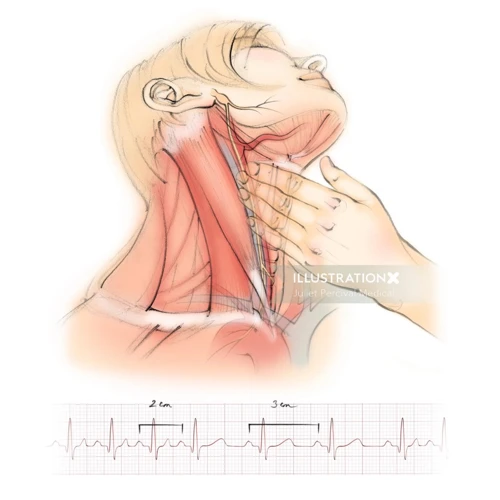Carotid massage is a technique used in medical emergencies to help restart a patient’s heart. It is a simple yet important procedure that can save a person’s life in the event of cardiac arrest. This article will provide a step-by-step guide on how to perform carotid massage, including the proper positioning of the patient, the massage strokes, and any other necessary precautions. By following these instructions, you can be prepared to help save a life if the need arises.
Contents
What is Carotid Massage?
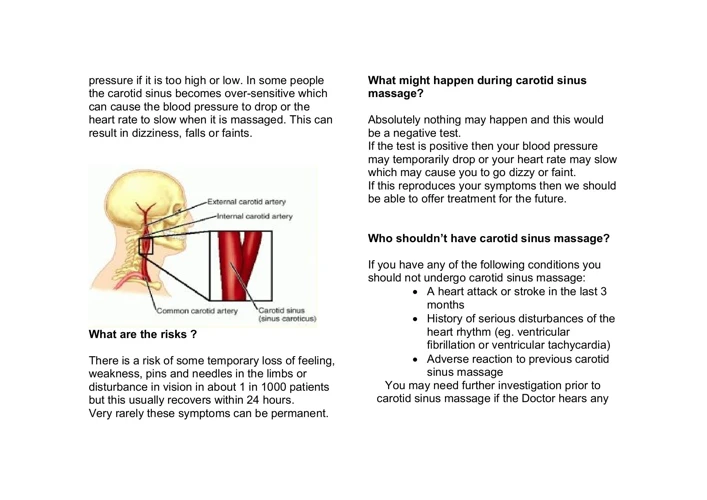
Carotid massage is a medical procedure used to diagnose some cardiovascular diseases. It is a method of manually palpating the carotid artery (located in the neck) to evaluate the condition of the artery and the heart. This technique can detect the presence of a heart disorder called carotid sinus hypersensitivity, which can lead to fainting or dizziness.
Carotid massage involves gently pressing the carotid artery and measuring the pulse, as well as the pressure, of the artery. This method of massage can help identify any irregularities in the pulse rate, such as a rapid or slow heartbeat, or any abnormal pressure in the artery.
How to Massage Carotid Artery:
The following steps provide a guide to performing carotid massage:
| Step | Instructions |
|---|---|
| 1 | Place the patient in a supine position, with the head facing up. |
| 2 | Locate the carotid artery by gently pressing the neck on either side of the trachea. |
| 3 | Using your index and middle fingers, press down gently on the carotid artery and feel for the pulse. |
| 4 | When a pulse is present, press down firmly and hold for 10 seconds. |
| 5 | Release the pressure, and wait for 10 seconds before repeating the massage. |
| 6 | Continue the massage for one minute, and record the pulse rate and pressure. |
Carotid massage is a safe and effective technique that can help diagnose cardiovascular conditions. However, it should only be performed by a healthcare professional.
What are the Benefits of Carotid Massage?
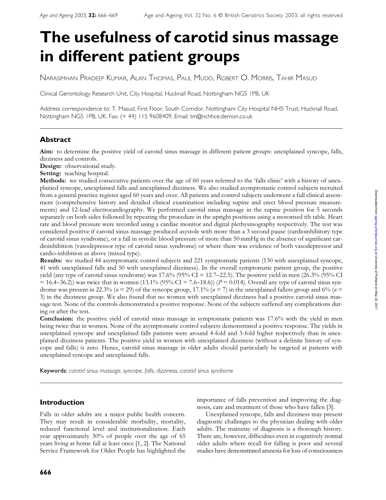
| Benefit | Description |
|---|---|
| Improved Circulation | Carotid massage improves circulation to the head and neck area, which allows for the more efficient delivery of oxygen and nutrients. |
| Reduced Stress | By stimulating the carotid artery, carotid massage can reduce stress, tension, and anxiety. |
| Pain Relief | The massage can help reduce pain in the head, neck, and shoulders. |
| Improved Mental Clarity | Massage of the carotid artery can improve mental clarity, focus, and concentration. |
Carotid massage can also help reduce headaches and migraines, improve sleep quality, reduce blood pressure, and boost the immune system.
What are the Risks of Carotid Massage?

- Stroke: Carotid massage can cause a stroke if it is done incorrectly. This is because it compresses the carotid artery, which can cause a clot to form in the artery, which can then travel to the brain and cause a stroke.
- Neurological damage: Carotid massage can cause neurological damage if it is done incorrectly. This is because it can cause a disruption in blood flow to the brain, which can lead to a loss of neurological function.
- Heart attack: Carotid massage can cause a heart attack if it is done incorrectly. This is because it can cause a disruption in the normal flow of blood to the heart, which can lead to an irregular heart beat, or even a heart attack.
- Arrhythmia: Carotid massage can cause arrhythmia if it is done incorrectly. This is because it can cause a disruption in the normal rhythm of the heart, which can lead to an irregular heart beat.
- Air embolism: Carotid massage can cause an air embolism if it is done incorrectly. This is because it can cause a disruption in the normal flow of blood to the lungs, which can cause an air bubble to form in the blood vessel, which can then travel to the brain and cause an air embolism.
- Infection: Carotid massage can cause infection if it is done incorrectly. This is because it can cause a disruption in the normal flow of blood to the body, which can lead to bacteria or viruses entering the bloodstream and causing an infection.
- Bruising: Carotid massage can cause bruising if it is done incorrectly. This is because it can cause a disruption in the normal flow of blood to the skin, which can lead to bruising.
Who Should Not Perform a Carotid Massage?
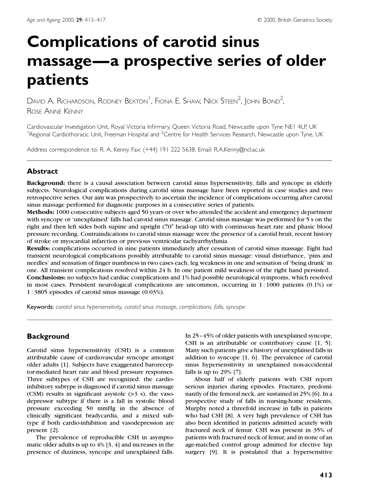
| Situation | Who Should Not Perform a Carotid Massage? |
|---|---|
| Carotid artery is blocked | Anyone |
| Patient has a clotting disorder | Anyone |
| Patient is on anticoagulant medications | Anyone |
| Patient has had a recent stroke | Anyone |
| Patient has an infection in the neck area | Anyone |
| Patient has a history of cardiac arrest | Anyone |
| Patient has a tumor in the neck area | Anyone |
Anyone should not perform a carotid massage if the patient has a blocked carotid artery, a clotting disorder, is on anticoagulant medication, has had a recent stroke, has an infection in the neck area, has a history of cardiac arrest, or has a tumor in the neck area.
What Are the Steps to Performing a Carotid Massage?

- Locate the Carotid Artery: The carotid artery is located on either side of the neck, just under the jawline. It should be easy to locate by feeling for a pulsation with your fingers.
- Position Your Hands: Place the fingers of both hands on either side of the artery. Make sure to position your hands gently, as you do not want to put too much pressure on the artery.
- Begin Massaging: Apply a gentle, circular motion to the artery. You should massage in a clockwise direction for 10-20 seconds. Do not massage for too long, as this could cause the artery to become blocked.
- Stop Massaging: Once you have massaged for 10-20 seconds, stop and allow the artery to rest. Check to make sure that the artery is still pulsating.
- Repeat Massage: If necessary, you can repeat the massage for another 10-20 seconds.
Tips for Performing a Carotid Massage
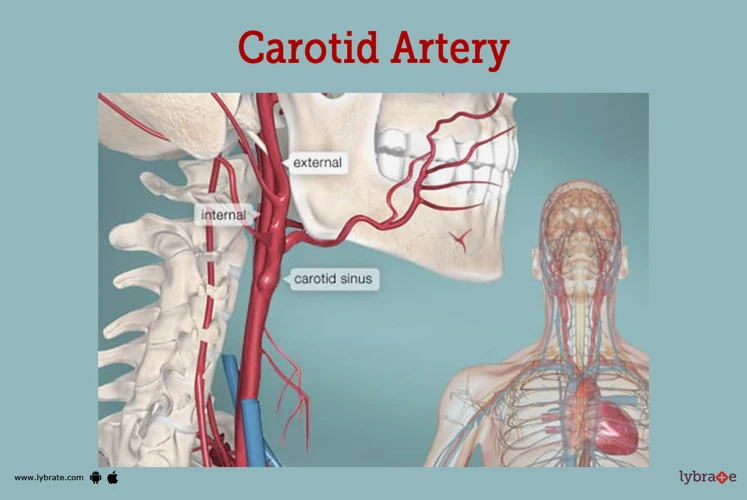
- Wash your hands thoroughly before performing the massage.
- Check for a pulse before beginning the massage. If there is no pulse, you should not perform the massage.
- Position the patient correctly. The patient should be lying flat on their back, with the neck slightly extended.
- Find the carotid artery. The carotid artery is located on either side of the neck. You should feel for a pulse in the carotid artery before beginning the massage.
- Place your hands correctly. Make sure your hands are placed firmly on either side of the carotid artery, but not directly on top of it.
- Apply pressure. Apply firm, steady pressure with your hands, using a circular motion.
- Move your hands. Move your hands back and forth along the length of the carotid artery, applying pressure as you go.
- Stop when necessary. If the patient experiences any pain or discomfort, stop immediately.
When to Seek Medical Treatment
If you experience any of the following symptoms, seek medical attention immediately:
- Difficulty breathing
- Excessive pain or swelling
- Sudden nausea or dizziness
- Confusion or disorientation
- Weakness or paralysis
- Fainting or loss of consciousness
- An irregular heartbeat
If you have any other questions or concerns about carotid massage, contact your healthcare provider or local emergency room for further advice.
Frequently Asked Questions
Is Carotid Massage Suitable for Everyone?
- No. Carotid massage is not suitable for everyone. It is not recommended for people who have had a stroke in the past. It is also not recommended for people with certain heart conditions, such as atrial fibrillation, congestive heart failure, and aortic stenosis.
- Yes. Carotid massage is generally considered safe for healthy adults who are not at risk of stroke. It is used as a part of emergency medical care to help restore a normal heart rhythm. It can also be used as a part of a holistic massage therapy session.
Before performing carotid massage, it is important to consult with a doctor or healthcare professional to determine if it is safe for the individual. It is important to remember that carotid massage is an advanced technique and should only be performed by a trained professional.
What are the Potential Risks Associated with Carotid Massage?
Carotid massage carries certain risks, including stroke, dizziness, fainting, and even death. It should only be performed by a qualified healthcare professional. If the massage is not done correctly, it could cause a severe stroke or other issues. It is important to discuss any potential risks with your doctor before attempting the massage.
What should I do if I experience discomfort during the massage?
If you experience any discomfort during the massage, stop the massage immediately and inform your massage therapist. Your therapist can adjust the pressure, or offer suggestions on how to proceed. If the discomfort persists, seek medical attention.
How Often Should I Perform Carotid Massage?
Carotid massage should not be performed more than once a day. Doing so could cause excessive strain on the carotid artery, leading to serious health risks. If carotid massage is performed too frequently, it can also lead to a decrease in effectiveness, making it less effective for restoring a normal cardiac rhythm. Therefore, it is important to follow the instructions of your healthcare provider and only perform carotid massage when recommended.
What are the Benefits of Carotid Massage?
- Increased Blood Flow: Carotid massage can help increase blood flow to the brain, which can help to improve cognitive functioning and mental alertness.
- Reduced Stress: Carotid massage can help to reduce stress and anxiety, promoting relaxation and a sense of well-being.
- Improved Mood: Carotid massage can help to improve mood, leading to increased energy and productivity.
- Better Immunity: Carotid massage can help to boost the immune system, leading to increased resistance to disease.
- Reduced Pain: Carotid massage can help to reduce pain, especially in the neck, head, and shoulders.
Conclusion
Carotid massage is a simple medical technique that can potentially save a life. When performed correctly and in a timely manner, it can help restore a regular heartbeat and help prevent serious brain damage. It is important to note that carotid massage should be performed only when a person is unconscious and not breathing or does not have a pulse. It is not a substitute for professional medical care. While it can provide temporary relief, it should not be relied upon as a long-term solution.

